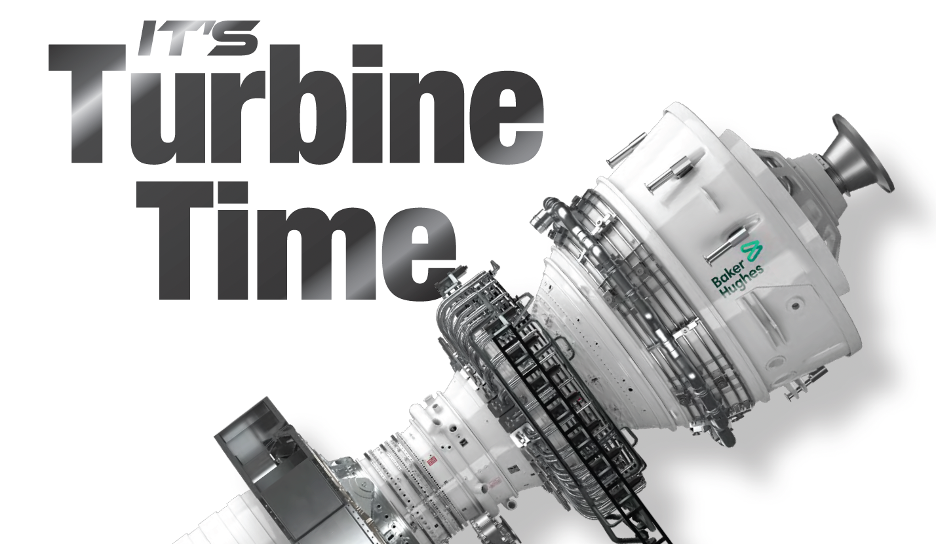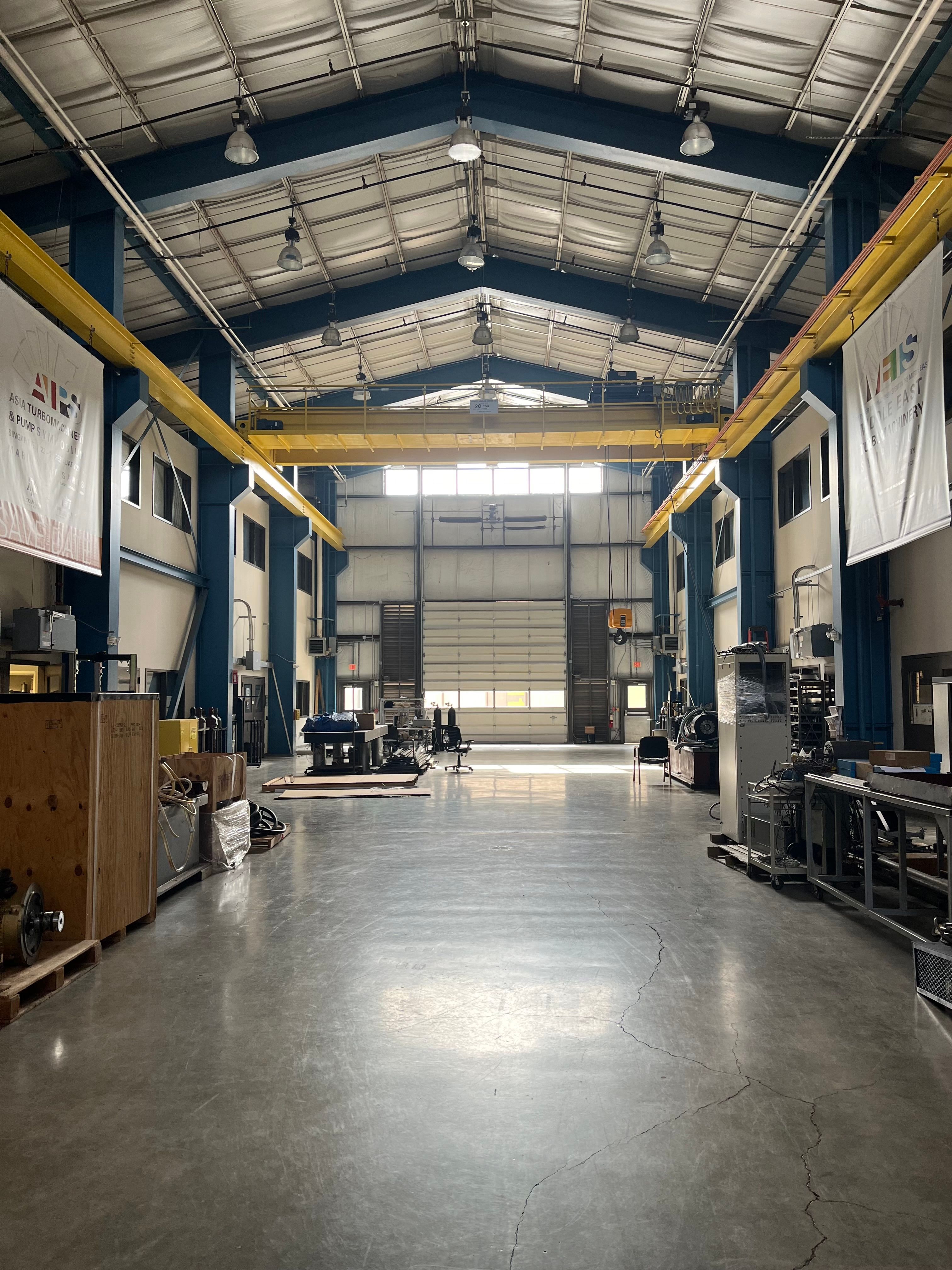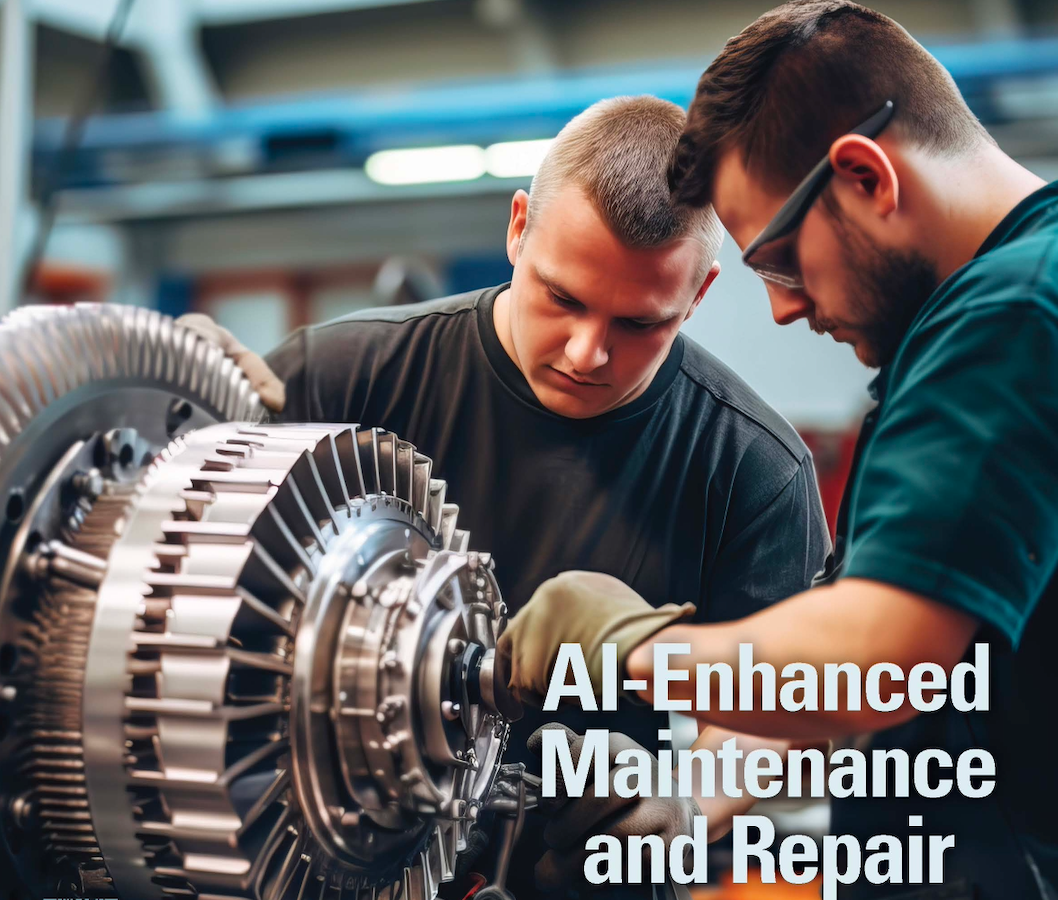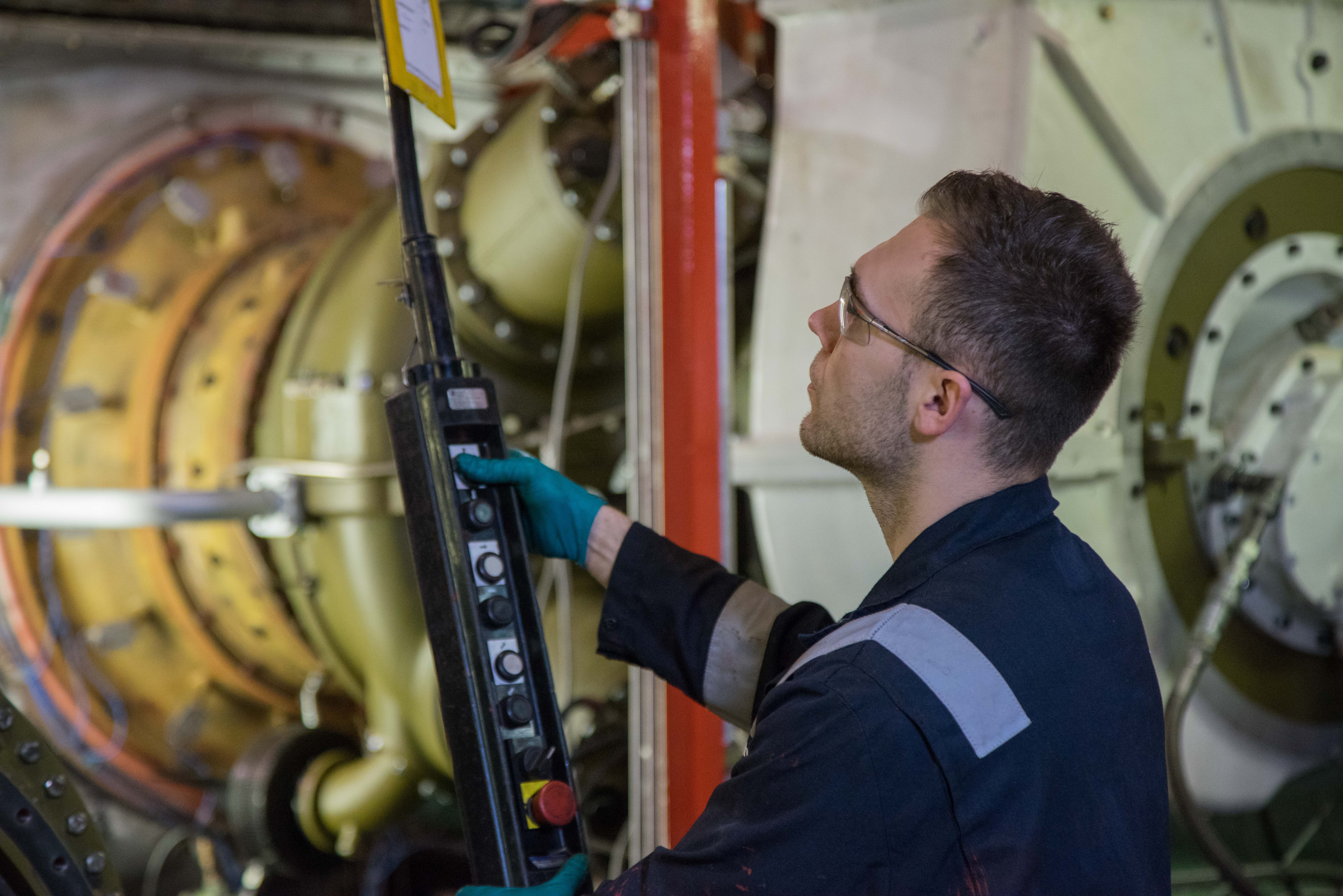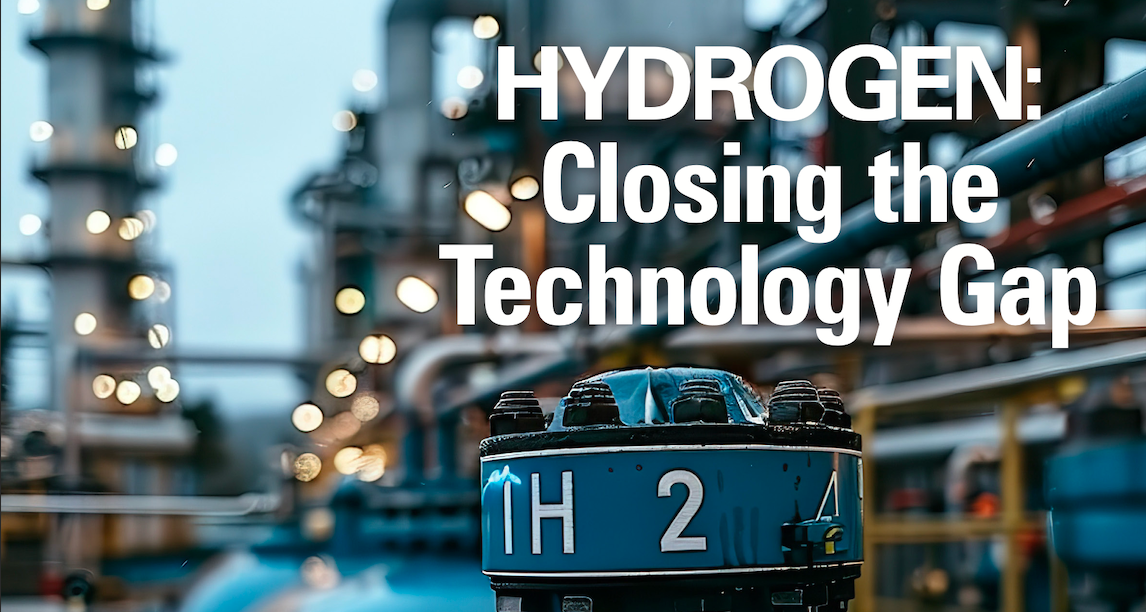Publication
Article
Turbomachinery Magazine
Integrally geared barrel compressors address the challenges of hydrogen compression
Hydrogen compressors are widely used for process applications in refineries, petrochemical plants, and energy storage. More recently, there is discussion centered on compressing hydrogen for pipeline transport to support a carbon-free hydrogen economy.
These compression applications can be divided into two main groups: hydrogen-rich and pure hydrogen. A hydrogen-rich application has a process gas that has a high percentage of hydrogen but contains other constituents. A hydrogen-recycle compressor in a refinery is an example of this as it compresses both hydrogen and other hydrocarbon gases. A pure hydrogen process is just that, 100% hydrogen, and the typical application for this is an energy storage compressor.
Hydrogen compressors increase the density of the gas by adding mechanical work. There are two common compressor types used for hydrogen compression: reciprocating (positive displacement) and centrifugal. Reciprocal compressors decrease the volume of the trapped gas and increase its density by displacement of a piston inside a cylinder. Centrifugal compressors are continuous, dynamic rotating machines that impart tangential kinetic work using a series of spinning impellers and stationary diffusers with return channels to increase the gas density. Barrel-type centrifugal compressors are preferred for hydrogen compression because of their ability to operate at higher pressures and to be reliably sealed, as well as allowing easier access for maintenance and repairs.
Compressing hydrogen and other low molecular (mole) weight process gases presents significant challenges. Hydrogen is a very light, low mole weight gas with a high speed of sound. Consequently, it has a low-pressure rise for each stage inside the centrifugal compressor. This necessitates a large number of stages or very high impeller operating speeds.
There are three main problems with this. The first is that centrifugal compressors can mechanically fit only a limited number of stages between the bearings and inside the casing. The longer the bearing span, the more complex the rotordynamics, and there are finite limits to shaft length in any compressor. The second is that the material for the impellers needs to have sufficient strength while being light enough to handle the centrifugal hoop stresses at high rotational speeds. For hydrogen compression, the compressor material also must withstand hydrogen embrittlement, or the ingress of hydrogen into a component. This can reduce the ductility and load-bearing capacity of the compressor, and cause cracking and catastrophic brittle failures at stresses below the yield stress of susceptible materials. Finally, difficulties arise in static and dynamic sealing because of the size of the gas molecules. Hydrogen molecules are small and light, which allows them to escape and leak through gaps most other process gases cannot.
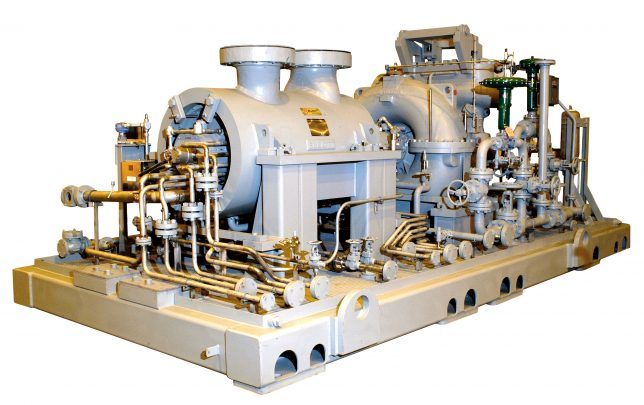
Figure 1: Elliott hydrogen hydrocracker compressor used in refinery processes.
This unit processes a low mole weight gas (4.0 MOL) that is approximately 91.5% hydrogen. It has five impeller stages, an inlet pressure of 2,335 psia, maximum continuous operating speed of 12,027 rpm, and can process 1,692 ICFM through its 10-inch inlet nozzle.[/caption]
Elliott’s work in hydrogen compression can be seen in hydrocracker machines found in many refinery and petrochemical processes (Figure 1). The company continues to advance its hydrogen compression capabilities with developments in areas such as hydrogen recycle, pure hydrogen, net gas hydrogen, and hydrotreater feed. High speed and long bearing span are best addressed with advanced rotor dynamic analysis and robust bearing designs. The number of stages per compressor should be limited to keep the bearing span and vibrations within acceptable levels. The risk of hydrogen embrittlement should be managed by restricting the yield strength of the materials used and adding stainless steel cladding or coatings.
API specification 617 limits materials in hydrogen gas service to those with yield strength less than 120 ksi or hardness less than 34 HRC to prevent hydrogen embrittlement. The material yield strength limit reduces the maximum allowable speed potential of any given impeller. However, hydrogen-rich compressors often operate at high speeds to achieve the required pressure rise. This issue can be addressed with high head impellers, and using alternative materials with higher strength-to-density ratios. Some examples are titanium alloys, continuously wound carbon fiber, and ceramics. A continuously wound carbon fiber shaft has high torsional strength and a quarter of the density when compared to a steel shaft.
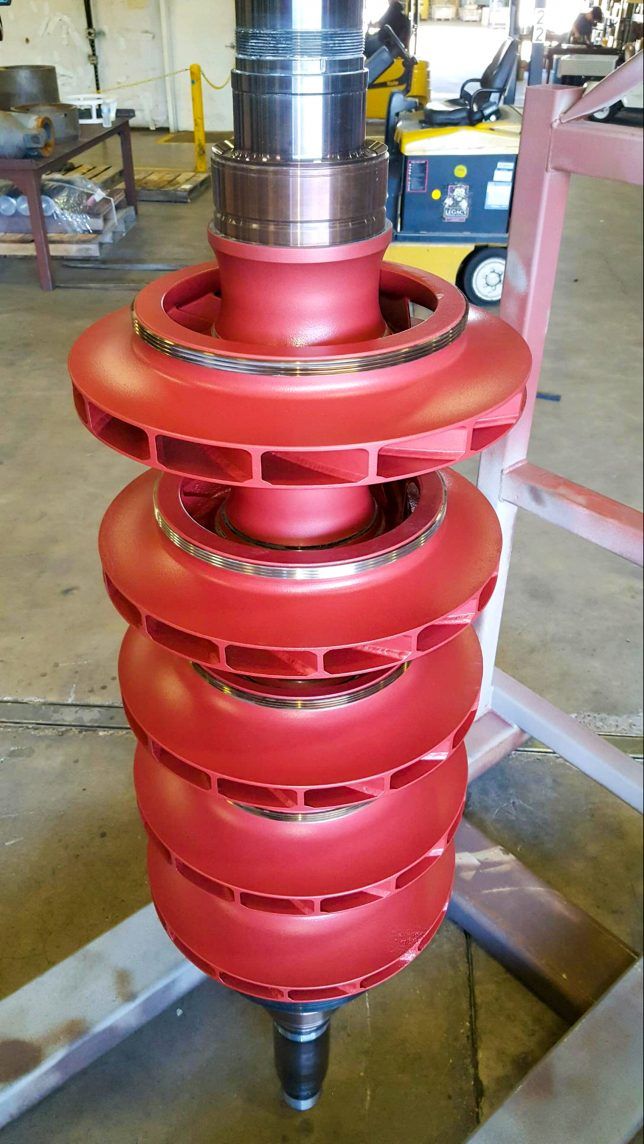
Figure 2: A specialty hydrogen recycle coating developed by Elliott was applied to a 5-stage compressor rotor in hydrogen service. Its anti-fouling properties prevent buildup of material in the gas path, provide corrosion resistance against ammonium chloride, and increase wear and durability resistance to solid particle erosion. It is good for continuous operation up to 500°F (260°C).[/caption]
In addition, gas-compatible static O-rings and dynamic dry gas seals can be employed in hydrogen-rich machines to address sealing issues. Using dry gas seals also has the benefit of eliminating oil contamination issues found in reciprocating compressors.
Hydrogen recycle machines in refineries have specific corrosion and fouling concerns due to ammonium chloride, which can form during the process. Ammonium chloride is highly corrosive, and traditional compressor coatings are not effective in minimizing corrosion and fouling due to ammonium chloride. A specialty coating is available to deal with such issues (Figure 2). It is typically used in refinery processes, particularly if the compressor runs on nitrogen for startup or catalyst regeneration. Pure hydrogen compressors would not require this type of coating.
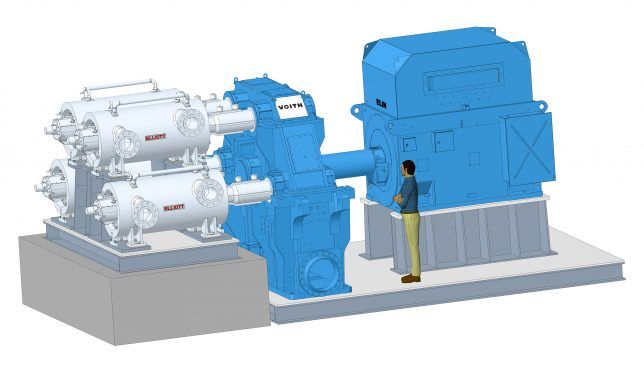
Figure 3: The Flex-Op arrangement, developed by Elliott in collaboration with Voith Turbo, is comprised of three to four individual centrifugal compressors arranged around a single multi-pinion gearbox. The stages are split up into separate bodies to manage the bearing span.[/caption]
To improve the head, flow, reliability, and operational flexibility capabilities of hydrogen compressors, the Flex-Op compression arrangement has been developed (Figure 4). It is comprised of four compressors on a single gearbox. In addition to hydrogen compression, it is suitable for energy storage, processes, refining, and chemical compression. Originally designed for high-pressure ratio and high-flow compression, it has enough flexibility to allow individual compressors to either run in series or in parallel (or both) (Figure 3).
Hydrogen compression requires a large number of compression stages to achieve a reasonable head for a very light gas. With the Flex-Op arrangement of three to four casings, up to forty impeller stages can fit into a footprint that traditionally only fits up to ten. This shrinks the linear footprint of the compressor section from upwards of forty feet to roughly ten feet and offers up to four times the compression capability within the approximate linear footprint of one compressor (Figure 4).
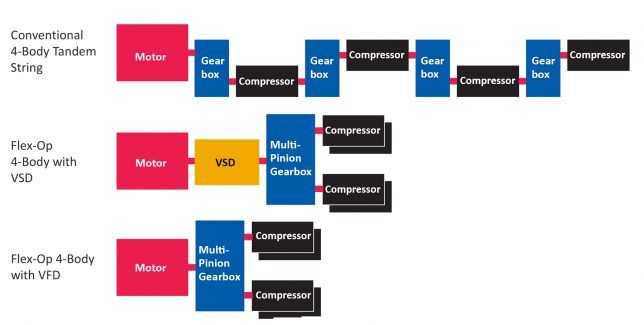
Figure 4: Conventional compressor tandem versus Flex-Op arrangements.[/caption]
This design is operationally flexible. It can run up to four compressor casings in series or in parallel, with multiple extractions and side streams. Since each rotor is connected to its own pinion via a flexible shaft coupled to the central gear, the rotor speeds can be individually optimized for highest aerodynamic efficiency. A barrel casing coupled with a single multi-pinion gearbox allows the whole assembly to be powered by a motor with a Variable Frequency Drive (VFD) or a motor in conjunction with a Variable Speed Drive (VSD) (Figure 5).

Figure 5: Flex-Op couples up to four Elliott barrel casings with Voith’s single multi-pinion gearbox, powered by a motor with a VFD, or by a motor in conjunction with a VSD for speed control.[/caption]
The gearbox design enables each compressor to operate at a different speed. If clutch or torque converter couplings are implemented at the compressor shaft ends, engagement/disengagement of individual compressors is possible. The arrangement of the casings allows the compressors to operate in parallel for double the throughput, or in series with intercooling between bodies for maximum pressure ratios. The series option is important for higher pressure ratios with low mole weight gas.
During hydrogen recycle startup, nitrogen is used to purge and heat up the reactor. This is because lighter gases do not generate much heat during compression. However, higher mole weight gas cannot be compressed through forty stages designed for low mole weight gases without consequence. By changing valves, nitrogen can be compressed at a lower speed through two or more bodies in parallel to increase the flow rate during startup to warm up the reactor. The machines can be switched to series operation as the mole weight drops. This is unnecessary for pure hydrogen service since there is no reactor to warm up.
This design can accommodate multiple side streams or extractions for carbon sequestration, gas plant and pipeline, fleet CNG and bio fuel gas, and other non-hydrogen applications. Casings of different sizes can be selected. For example, a larger compressor can be accompanied by two smaller casings. This option works well with higher mole weight applications such as CO2. Similarly, four compressors can be run with a single motor and gearbox in parallel (and turned on/off as necessary) for a pipeline application to handle a wide range of flow. This design concept even allows for compression of two different process gases in parallel using one motor and one gearbox.
The Flex-Op design concept is efficient. It has advantages over competing designs such as reciprocating compressors or extremely high-speed centrifugal compressors. It uses standard design compressors and impellers. The arrangement is compact and easy to maintain and repair. It is operationally flexible, with the potential to engage/disengage individual compressors, to switch between series and parallel operation, and to run each compressor at different speeds. Most importantly for pure hydrogen compression, the process gas is safe from risk of oil. Finally, the Flex-Op design concept is not limited to just hydrogen applications. For flexible high-pressure ratios and high flow with multiple extraction or injection points, Flex-Op is proven technology.
______________
Klaus Brun is Director of R&D at Elliott Group. Over the past 20 years, Elliott has produced more than 100 hydrogen-rich compressor trains for a wide range of applications.
Stephen Ross is Manager of Compressor Development, R&D, at Elliott Group, a manufacturer of centrifugal compressors for hydrogen service since 1955. For more information, visit Elliott-Turbo.com
Sterling Scavo-Fulk is a Compressor Development Engineer, R&D, at Elliott Group, a company that designs, manufactures, installs, and services turbomachinery for prime movers and rotating machinery.
Andreas Hermann is Senior Vice President of Research & Development for Industry at Voith Turbo. Voith Turbo, a division of Voith GmbH, specializes in intelligent drive technology and systems. For more information, visit Voith.com
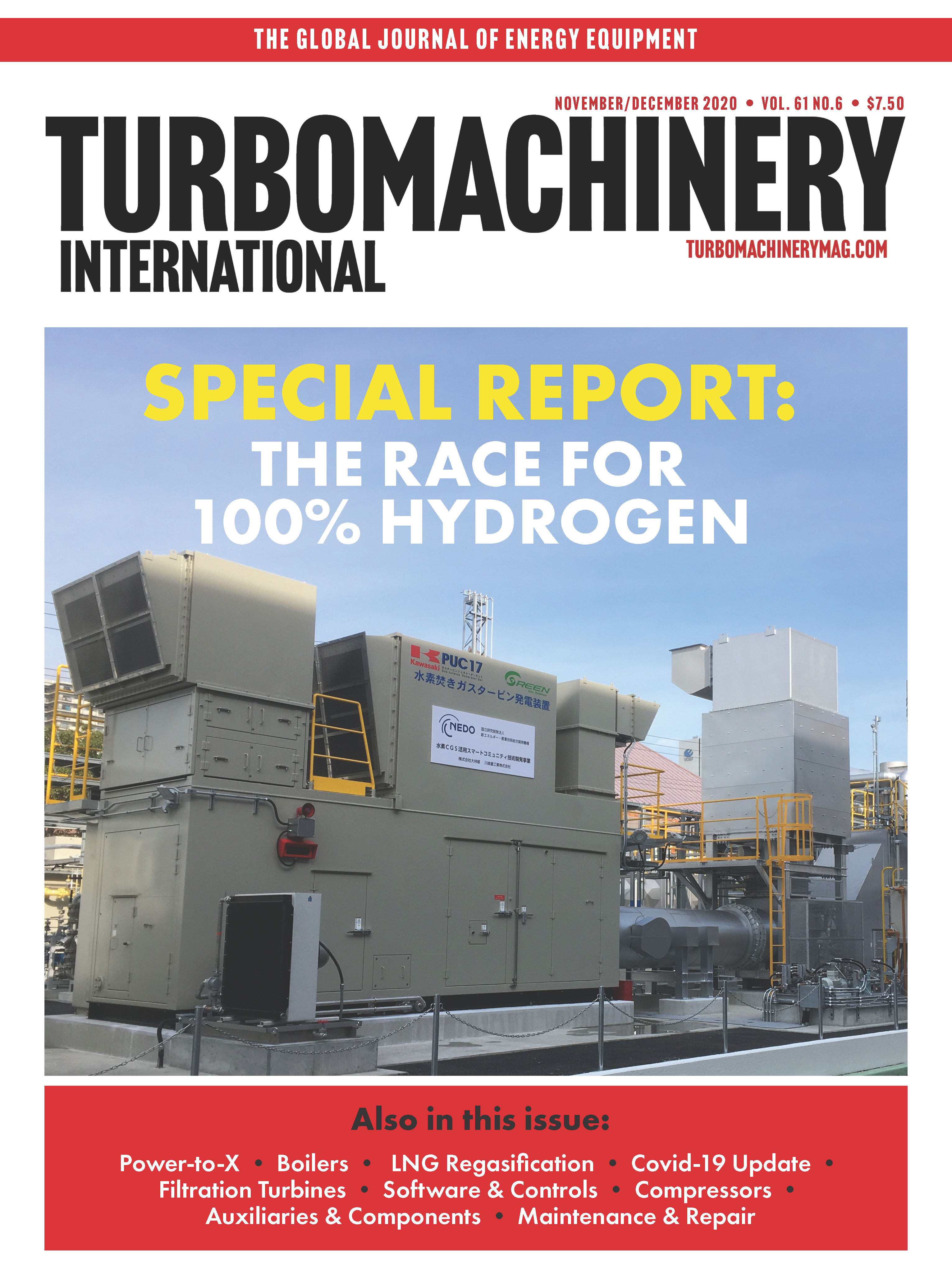
Newsletter
Power your knowledge with the latest in turbine technology, engineering advances, and energy solutions—subscribe to Turbomachinery International today.
